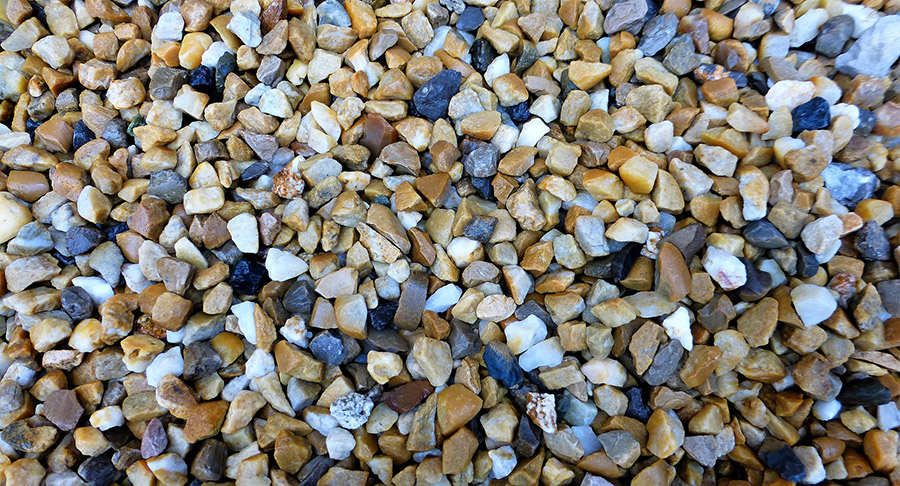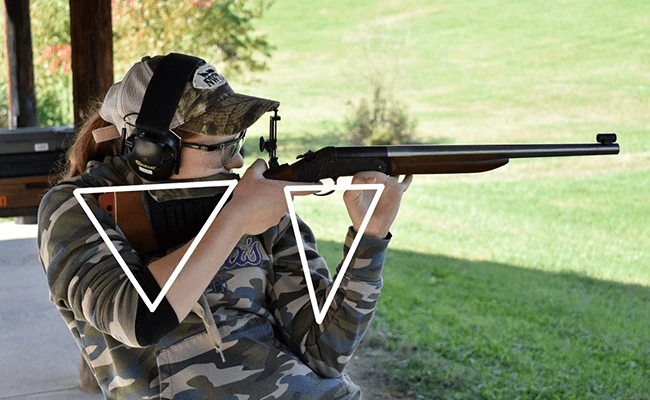The volume of a metric ton of gravel can differ based on its density, which is affected by factors like pebble size, the type of source rock, and purity. Generally, gravel has a density ranging from 1520 to 1680 kg/m³.
On average, 1 metric ton of gravel is approximately equal to 0.625 cubic meters. It’s essential to note that the specific characteristics of the gravel can lead to variations in this measurement. Therefore, it’s advisable to check the density of the particular gravel you are working with for a more accurate estimation.
Let’s explore more details about it.
What Are the Fundamental Principles and Characteristics of Gravel?

Gravel is a natural material made up of small rocks found in streams or buried in the ground. The rocks are usually round and smooth, and their characteristics depend on the type of rock they come from. There’s also something called “crushed gravel,” which is just larger gravel broken into smaller pieces.
When you buy gravel, it comes with a maximum size, like 10mm or 20mm. This means no piece of gravel will be bigger than that size because they use machines to screen and sort it. The density, or how heavy gravel is, depends on this size. You should check the manufacturer’s information for the specific density.
Typically, dry gravel weighs between 1520 and 1680 kg per cubic meter, or 95 to 105 pounds per cubic foot. If you mix gravel with sand, it’s about 1920 kg per cubic meter or 120 pounds per cubic foot.
Additionally, people use crushed stone for making concrete, as a base for roads, and in some places, they even use it to pave roads. It’s a good material for driveways, bike paths, patios, walkways, and just filling-in areas. Some kinds of them are excellent for drainage because water can pass through the rocks, keeping your property dry.
Calculating How Much Gravel You Need
When determining the amount of gravel required for your project, there are some straightforward steps to follow. Please bear in mind that the accuracy of your results hinges on the measurements and the gravel’s density. Here’s the process:
- Estimate the volume of gravel needed based on your measurements or plans.
- Determine the density of the specific type of gravel you intend to use. The default value is for pea gravel.
- Multiply the volume by the density (in the same units) to calculate the weight.
- It’s a prudent idea to consider purchasing an additional 5-6% of it to ensure you have enough.
For a square or rectangular area, you calculate the volume by multiplying the height, width, and length in feet. For instance, to fill a box that measures 3ft wide, 6ft long, and 1ft deep, you’d require 24 cubic feet of gravel. The pea gravel calculator can assist with this calculation if you provide the dimensions.
If the area you wish to cover is circular, you’ll need to use a different formula: π x r², where ‘r’ represents the radius (half of the diameter). The gravel calculator can handle this calculation as well.
In the case of irregularly shaped areas, you may need to divide them into smaller regularly shaped sections, calculate the volume and gravel requirements for each section, and then add them together. Our tool can help with this process, making it more straightforward, especially if you have numerous sections to combine.
In addition, the volume of a metric ton of gravel depends on its density, which can vary due to factors such as pebble size, the specific type of source rock, and purity.
Generally, gravel falls within a density range of 1520 to 1680 kg/m³ (kilograms per cubic meter). To calculate the number of cubic meters in a metric ton of gravel, you can use the formula:
Cubic Meters = 1000 kg (1 metric ton) / Density (in kg/m³)
For example, if the gravel has a density of 1600 kg/m³, the calculation would be as follows:
Cubic Meters = 1000 kg / 1600 kg/m³ = 0.625 cubic meters
So, in this scenario, 1 metric ton of gravel would be approximately equal to 0.625 cubic meters. Keep in mind that the specific characteristics of the gravel can lead to variations in this value.
Different Types of Gravel for Your Projects
There are various kinds of gravel, and choosing the right one is essential for your construction or landscaping project. Some are more durable and versatile than others. For example, landscaping gravel is long-lasting and great for outdoor spaces, while construction gravel provides solid footing for building and landscaping. Different types of gravel have different densities, which help you estimate how much you need.
Moreover, it comes in two main sizes: granular gravel (small, 2 to 4 mm) and pebble gravel (larger, 5 to 64 mm). It’s further divided into several types, as listed in the table below:
For small projects, you can buy pea gravel in small bags. But for larger jobs, you’ll need to buy it by the cubic yard or ton. You can contact a landscaping supplier to purchase larger quantities and remember to ask about delivery costs.
Types of Gravel and Their Descriptions

| Type | Description |
| Bank gravel | Naturally deposited gravel mixed with sand or clay. |
| Bench gravel | Gravel bed above the river bottom, deposited when the river was higher. |
| Creek rock / River rock | Round stones from stream beds used in concrete. |
| Crushed stone | Rocks crushed and sorted for roads and driveways. |
| Fine gravel | Gravel with small particles between 2 and 4 millimeters. |
| Lag gravel | Coarse gravel left after finer particles are removed. |
| Pay gravel | Gravel with precious metals like gold, can be panned for recovery. |
| Pea gravel | Small, rounded gravel used for walkways, driveways, and landscaping. |
| Piedmont gravel | Coarse gravel carried down from high places by streams. |
| Plateau gravel | Gravel layer found on plateaus or higher regions. |
FAQ’s
Q1: 1 Ton Gravel to Cubic Metre
A1: To convert tons of gravel to cubic meters, you need to know the density of the gravel. The density of gravel can vary depending on its composition. However, a common average density for gravel is around 1.5 tonnes per cubic meter.
Q2: How many cubic meters is gravel?
A2: To calculate the volume of gravel in cubic meters, multiply the width by the length and then multiply this by the depth of the area you need to cover.
Q3: How many tonnes are in a cubic metre of aggregate?
A3: One cubic meter of stone aggregate typically weighs around 2.5 tonnes.
Q4: How much does 1m3 of gravel weigh?
A4: The weight of 1 cubic meter (1m3) of gravel can vary depending on its density and type. To find the exact weight, you need to know the specific density of the gravel in question.
Q5: How do you calculate tons of gravel?
A5: To calculate the number of tons of gravel, measure the driveway’s cubic feet by multiplying the length by width by depth. For cubic yards, divide the total cubic feet by 27. Because one cubic yard of gravel is equal to 1.13 tons, you can multiply your total cubic yards by 1.13 to convert this measurement to tons.
Final Words
In the final analysis, a metric ton of gravel might have a different volume depending on its density, which is determined by the size of the pebbles, the kind of source rock, and their cleanliness. Gravel typically has a density between 1520 and 1680 kg/m³.
Further, a metric ton of gravel is roughly equal to 0.625 cubic meters on average. It’s crucial to understand, nevertheless, that there may be very little changes in this measurement due to the unique qualities of the gravel. For a more thorough assessment of your particular project, it is therefore advised that you check the exact density of the gravel you are dealing with.











